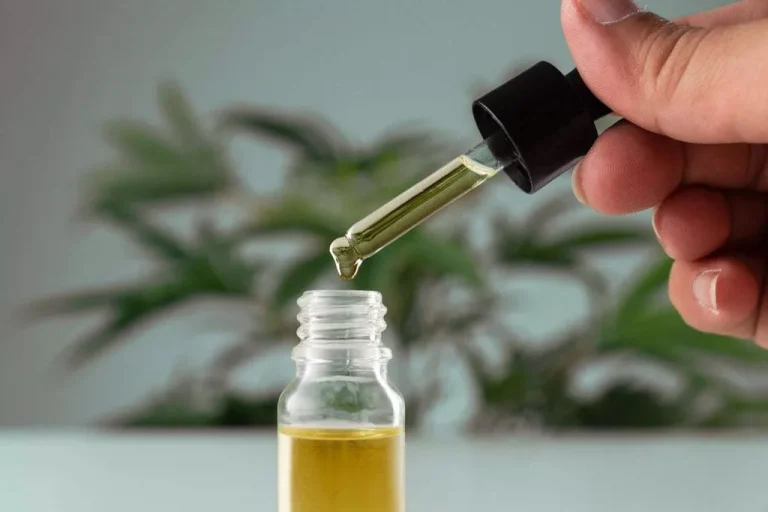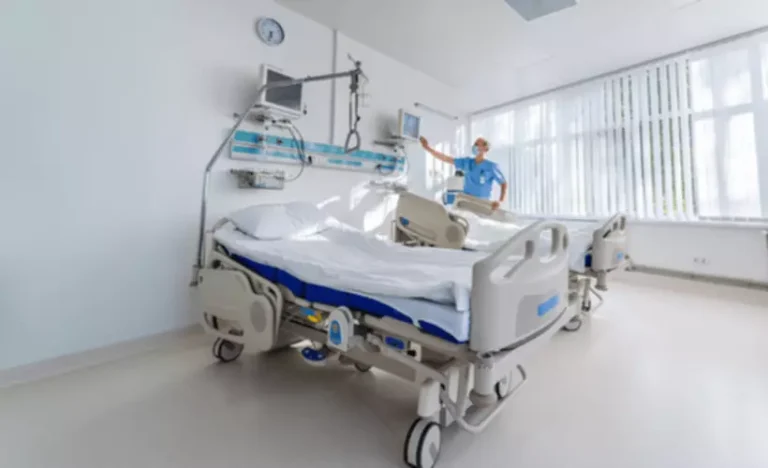
Alcohol withdrawal symptoms can be greatly reduced or even eliminated with proper medical care. There are specific treatments available for anyone who wants to stop drinking—even after long-term, chronic alcohol use. In addition to experiencing Stage 2 symptoms, those with severe alcohol withdrawal experience severe anxiety and moderate to severe tremors. AWS is more common in adults, but children and teenagers who drink excessively may also experience the symptoms. You’re also at risk for AWS if you’ve previously had withdrawal symptoms or needed medical detox for a drinking problem. Alcohol withdrawal syndrome is a clinical diagnosis that relies heavily on the history and physical, which is also used to gauge disease severity.
- Overall, do whatever you can to make yourself as comfortable as possible.
- One example is a beta-blocker (such as propranolol) to reduce high blood pressure.
- AUD is the most common substance use disorder in the U.S., affecting 28.8 million adults.
Alcohol Withdrawal: How to Get Through It
- Some people can be treated at home, but others may need supervised care in a hospital setting to avoid potentially dangerous complications such as seizures.
- Relapses happen during rehabilitation, but what’s important is how you move forward from it.
- If you have any of these risk factors, it’s important that you withdraw from alcohol at a medical facility that’s equipped to prevent and treat alcohol-related complications.
These symptoms usually begin 48 to 72 hours after you stop drinking and most commonly last 5 to 7 days. Eating nutritious food, exercising, and getting enough sleep can help reduce some withdrawal symptoms, such as mood https://ecosoberhouse.com/ swings. If don’t have much of an appetite, you may want to take a multivitamin or drink a beverage high in electrolytes, such as a sports drink. If you take prescription medication, continue to take it as directed.
Signs of alcohol withdrawal syndrome

Still, people experiencing these withdrawal symptoms are generally fully conscious and can think clearly. In some cases, AWS can be a medical emergency and — if complications arise — potentially life threatening. Alcohol withdrawal is a natural physical response your body goes through when trying to break an alcohol dependence. The experience of withdrawing from alcohol can be uncomfortable and difficult.
Products & Services
During the 12- to 24-hour time frame after the last drink, most people will begin to have noticeable symptoms. These may still be mild, or the existing symptoms might increase in severity. Delirium tremens is a medical emergency that can result in death. If you or someone you know shows signs of delirium tremens, go to the emergency room immediately. These symptoms generally appear 12 to 24 hours after your last drink.
International Patients
Go to the nearest emergency room or call 911 (or your local emergency service number) if you or a loved one has any concerning symptoms of alcohol withdrawal. Most people stop having withdrawal symptoms four to five days after their last drink. Millions of people join support groups to help stop drinking and stay stopped. Studies show support groups play an instrumental role in helping people develop healthy social networks that result in continued sobriety.
Find a supportive friend or family member to be with you while you withdraw and support your new non-drinking lifestyle. For people who experience hallucinations as part of alcohol withdrawal, Alcohol Detox these may begin in the 12- to 24-hour time frame. There is no exact timeline for alcohol withdrawal, and individual factors, such as the level of dependence on alcohol, will influence it.
How Long Does it Take to Detox from Alcohol at Home?


